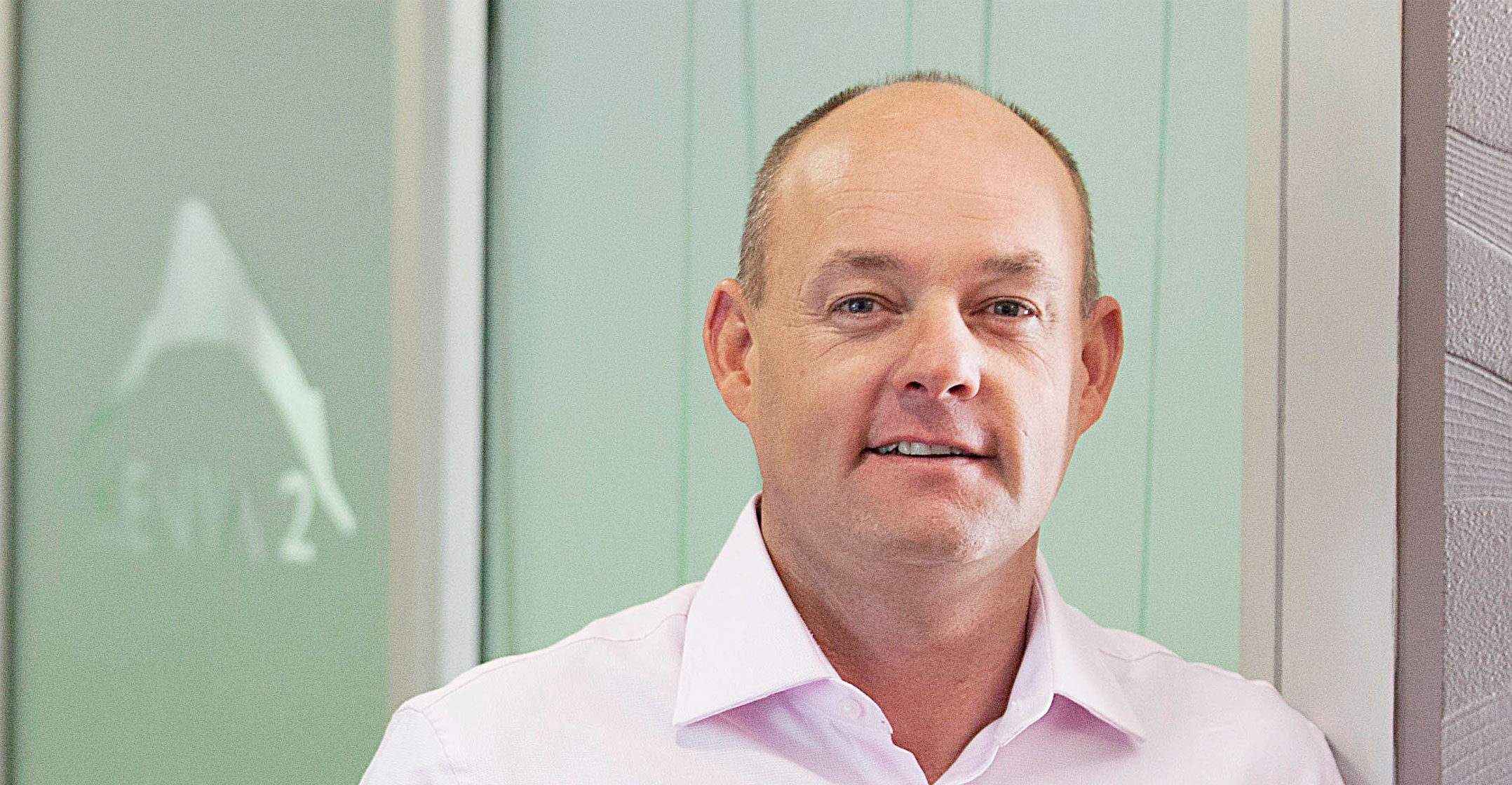
Four years ago, a BBC correspondent speaking on live television about relations with North Korea made headlines for another reason: While on a virtual call, his young daughter walked into his office and approached his desk, followed by a baby in a walking chair, and then a panicked mum bursting into shot to remove the children. We laughed and cringed in equal measure.
Fast-forward four years and our world has changed. Online conferencing tools are the norm, and most of us have come to terms with the fact that even although we have systems and procedures in place to prevent unprofessional interruptions, there is little we can do about the odd hadeda screech at inopportune moments.
A year on from our hard lockdown, it is evident that Covid-19 sped up all aspects of digital transformation, and distributed working is a reality that is here to stay in one way or another. Distributed working, however, does not need to mean distributed attention, and companies that are able to instil an engaged culture supported by the right tools will improve their productivity and team efficiencies noticeably.
Not all industries are poised to benefit from distributed working. For example, while professional services firms make the shift fairly easily, agriculture happens on a farm. That said, the success of a remote and distributed workforce lies in the level of employee engagement.
Harvard Business School conducted a useful analysis of three million workers across 16 cities in Israel, the EU and the US, which — though not specific to South Africa — provided a bird’s eye view of how the workday has changed. The average workday is nine hours long, the number of meetings has increased, though their duration has decreased, phone calls are up 230%, the number of e-mails has grown 57% and CRM activity is up 176%.
Disengaged
While these numbers should ordinarily scream “productivity”, the problem of disengaged employees looms ever large. The Gallup 2017 State of the Global Workplace Report found that 85% of the workforce were not engaged. While 15% were actively engaged and loyal and generally go on to become leaders, 67% were not engaged and merely coast along under the radar. A staggering 18% were actively disengaged and driving negative sentiment about the company.
If one takes these figures and superimposes them onto a distributed workforce in 2021, it becomes blatantly clear that for companies to benefit from a work-from-home environment, business leaders need to actively drive engagement. The risk of losing more employees to apathy or disengagement is higher than ever before.
Building an engaged workforce starts with an engaged leadership who make engagement an expected way of life through their actions and behaviours. They become the beacons who set the tone for the rest of the organisation.
 The next step lies in developing a compelling employee value proposition and growing talent. At its core, this requires spelling out what is expected of each employee and what they can expect in return, including how exemplary performance will be rewarded. Talent development should be integral to an organisation, thereby guiding staff that have a career plan that they can see, keeping them engaged.
The next step lies in developing a compelling employee value proposition and growing talent. At its core, this requires spelling out what is expected of each employee and what they can expect in return, including how exemplary performance will be rewarded. Talent development should be integral to an organisation, thereby guiding staff that have a career plan that they can see, keeping them engaged.
Once the leaders are engaged and all employees understand the value proposition of their jobs, to thrive in a distributed work environment, businesses must ensure they have the right resources and processes in place. Going back to the research on engaged and disengaged staff, 36% of employees who said they did not feel enabled to complete their tasks fell into the actively disengaged segment.
To complicate matters, within the segment of employees who did not feel enabled, about a third were engaged. This is a dangerous statistic because the combination of disempowered while remaining engaged can lead to burnout and frustration. When this boils over, they will become disengaged.
Companies should conduct surveys to measure engagement levels at all levels of their organisations at regular intervals and implement interventions timeously, including steps to enable employees.
As we know from experience, working from home is far more than “just” conducting a Zoom call. There is a hierarchy of needs that must be in place for effective remote working, starting with the most essential.
The foundation is fibre. The data and real-time audio-visual requirements of the modern workday mean that a fibre line is an absolute essential.
Load shedding
The step above this is Wi-Fi, which is an extension of fibre. As more devices are added, there are more risks of critical functions being interrupted, which necessitates a robust router.
Living in South Africa, we all understand that load shedding can happen at a few hours’ notice, and so an uninterrupted power supply (UPS) system that covers the basics, such as the router and a few switches is essential to doing business.
Once these are in place, the company needs to look at collaboration tools such as Office 365 that enable conferencing, voice calls, file sharing and more. A distributed workforce is a golden opportunity for cybercriminals to exploit more weak entry points into an organisation. Shifting to the cloud and employing hybrid cloud models is here to stay. It needs to be secured.
 Collaboration tools come with built-in security, but companies would do well to invest in a firewall. The last thing a business needs is for an employee to open a back door to a cyberattack.
Collaboration tools come with built-in security, but companies would do well to invest in a firewall. The last thing a business needs is for an employee to open a back door to a cyberattack.
The next step in enablement lies in the hardware – laptops, printers, speakers and cameras, among others, depending on the nature of the work. Because the new normal and its implications for remote working continues to evolve, many companies are handling rentals of these essentials as operational expenses as opposed to capital expenses.
While work will never be the same again, the shape it settles into will be dependent on how the pandemic moulds our world over the next few months. What we can be certain about is that we do not need to forego an engaged workforce as we navigate these unchartered waters.
- Jacques du Toit is CEO of Vox
- This promoted content was paid for by the party concerned

